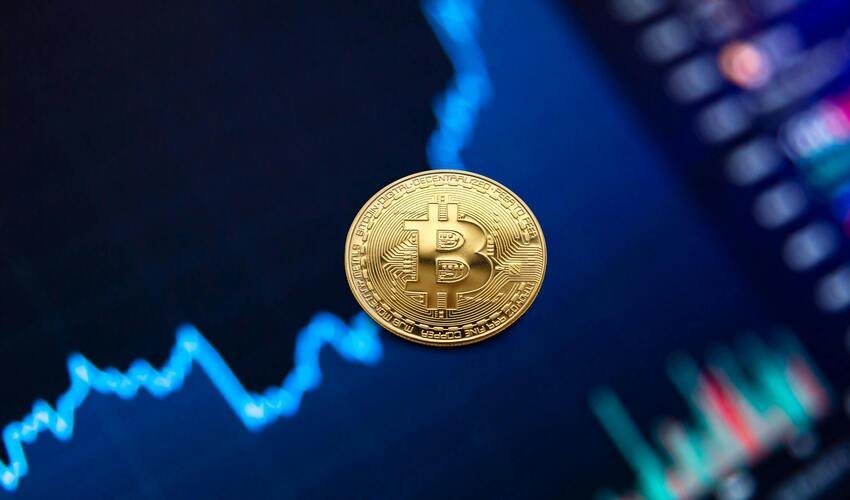In the fast-evolving world of cryptocurrencies, understanding why a token holds value is crucial for investors, developers, and enthusiasts alike. While blockchain technology forms the backbone of digital assets, Instant +V4 explains how tokenomics—a blend of “token” and “economics”—determines the design, distribution, supply, and utility of tokens, providing insight into their potential adoption, growth, and long-term viability.
What Is Tokenomics?
Tokenomics refers to the study of the economic system surrounding a cryptocurrency or digital token. Unlike traditional currencies, which rely on central banks or government regulations, crypto tokens derive value from pre-set rules encoded in smart contracts, community participation, and market mechanisms. By analyzing tokenomics, investors can evaluate factors like scarcity, demand, governance, and incentives that influence a token’s price and utility. A well-structured tokenomics model creates a self-sustaining ecosystem where users, developers, and stakeholders are incentivized to engage positively with the network. Poor tokenomics, on the other hand, can lead to volatility, inflation, or even the collapse of a project.
Key Components of Tokenomics
Understanding tokenomics requires examining several core components that collectively determine a token’s value:
- Token Supply
Supply is a fundamental aspect of tokenomics. Tokens can have a fixed supply, inflationary supply, or deflationary supply:
- Fixed supply tokens, like Bitcoin, are capped at a maximum amount. Scarcity can drive value over time if demand increases.
- Inflationary tokens gradually increase in supply, often through mining or staking rewards. These tokens aim to incentivize network participation but risk diluting value if supply outpaces demand.
- Deflationary tokens implement mechanisms like token burns to reduce supply over time, increasing scarcity and potentially driving price appreciation.
The supply dynamics directly influence how investors perceive scarcity and potential value growth.
- Token Distribution
Distribution refers to how tokens are allocated among stakeholders. Proper distribution ensures fairness and encourages adoption. Common allocation models include:
- Initial Coin Offerings (ICOs)or Initial Exchange Offerings (IEOs): Tokens are sold to investors to raise capital.
- Team and developer allocation: Reserved for project founders and developers, often with vesting schedules to prevent immediate sell-offs.
- Community and ecosystem incentives: Rewards for staking, liquidity provision, or contributing to network development.
Balanced distribution prevents centralization of wealth and supports a sustainable token economy.
- Token Utility
A token’s utility is its functional purpose within a network. Tokens can serve multiple roles:
- Currency or medium of exchange: Used to pay for goods, services, or fees within the ecosystem.
- Governance: Allows holders to vote on protocol upgrades, policy changes, or community initiatives.
- Staking and rewards: Tokens can be locked in a network to earn interest or additional tokens.
- Access rights: Granting privileges such as access to premium features, content, or services.
Tokens with strong utility encourage active usage, creating a self-reinforcing loop between demand and network growth.
- Incentives and Governance
Tokenomics designs often include incentive structures to encourage specific behaviors within the ecosystem. For instance:
- Miners or validators receive rewards for maintaining network security.
- Users earn tokens for contributing to community growth or providing liquidity.
- Governance tokens allow holders to influence development priorities, aligning stakeholder interests with network success.
Effective incentive models ensure long-term engagement and reduce the risk of centralization or malicious activity.
Popular Tokenomics Models
Different cryptocurrencies employ distinct tokenomics models tailored to their goals:
- Bitcoin follows a scarcity model with a capped supply of 21 million tokens, rewarding miners for securing the network while creating deflationary pressure over time.
- Ethereum combines utility and governance, with ETH used for transaction fees, smart contract execution, and staking under Ethereum 2.0.
- Decentralized Finance (DeFi) tokens like Uniswap (UNI) incentivize liquidity provision and community participation, directly tying value to network activity.
- Utility tokenssuch as Chainlink (LINK), power decentralized services and oracle networks, where token demand correlates with usage.
These models demonstrate how tokenomics can vary widely, yet each seeks to balance supply, demand, and utility for sustained growth.
The Role of Scarcity and Demand
Scarcity and demand form the core principles of token valuation. Limited supply can make a token attractive, but only if demand exists. Conversely, high utility can drive demand even for inflationary tokens. Tokenomics carefully aligns these factors to maintain equilibrium:
- Scarcity drives value: Capped supply encourages accumulation, particularly in long-term investment strategies.
- Demand is fueled by utility: The more practical and necessary a token is, the higher its adoption and trading activity.
- Speculation vs. intrinsic value: Tokenomics helps distinguish short-term speculative interest from long-term network-driven value.
A successful tokenomics model balances these dynamics, preventing overvaluation, excessive volatility, or stagnation.
Risks and Considerations
While tokenomics provides valuable insight into crypto valuation, it is not foolproof. Investors must consider potential risks:
- Overcomplicated models: Excessive mechanisms or unclear incentives can confuse users and hinder adoption.
- Inflationary pressure: Tokens with high issuance rates may lose value if adoption does not keep pace.
- Centralization of control: Unequal token distribution or governance manipulation can undermine trust and stability.
- Regulatory uncertainty: Legal frameworks surrounding token issuance, staking, and trading remain evolving and may impact tokenomics strategies.
Careful analysis of these factors is essential before investing or launching a token.
Future of Tokenomics
The future of tokenomics lies in innovation, adaptability, and interoperability. Developers are experimenting with hybrid models that combine deflationary mechanisms, staking rewards, and multi-layered utility. Algorithmic stablecoins use tokenomics to maintain price stability, while NFT ecosystems rely on token-based incentives for engagement and creativity. As blockchain adoption grows across finance, gaming, education, and supply chain management, tokenomics will continue to be a key determinant of project success. Understanding the principles behind token supply, distribution, utility, and incentives is essential for anyone navigating the crypto landscape.
Conclusion
Tokenomics is the foundation of how cryptocurrencies acquire and maintain value. By carefully designing supply, distribution, utility, and incentive mechanisms, blockchain projects can create sustainable, thriving ecosystems. Investors, developers, and users benefit from a clear understanding of tokenomics, as it illuminates the economic dynamics driving adoption, growth, and long-term viability. As crypto markets mature, tokenomics will remain central to evaluating the true potential of digital assets, distinguishing projects built for longevity from those driven solely by speculation.
Read Dive is a leading technology blog focusing on different domains like Blockchain, AI, Chatbot, Fintech, Health Tech, Software Development and Testing. For guest blogging, please feel free to contact at readdive@gmail.com.





